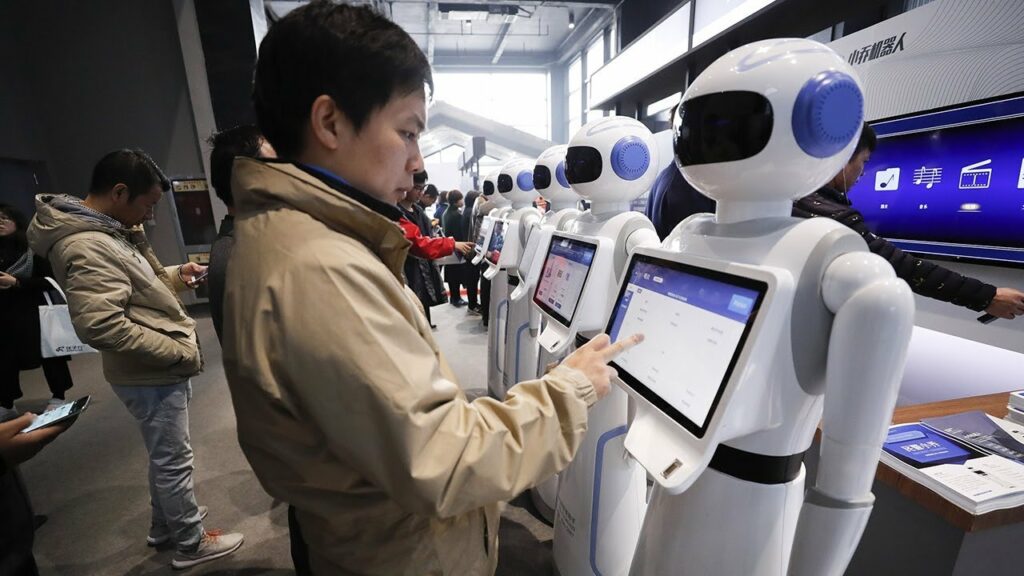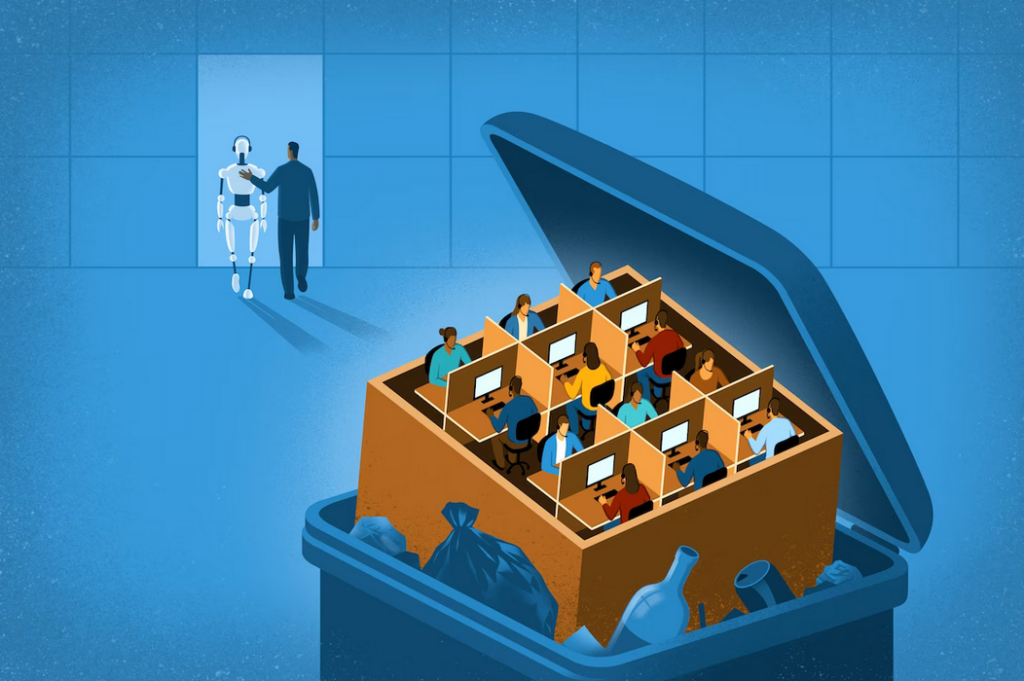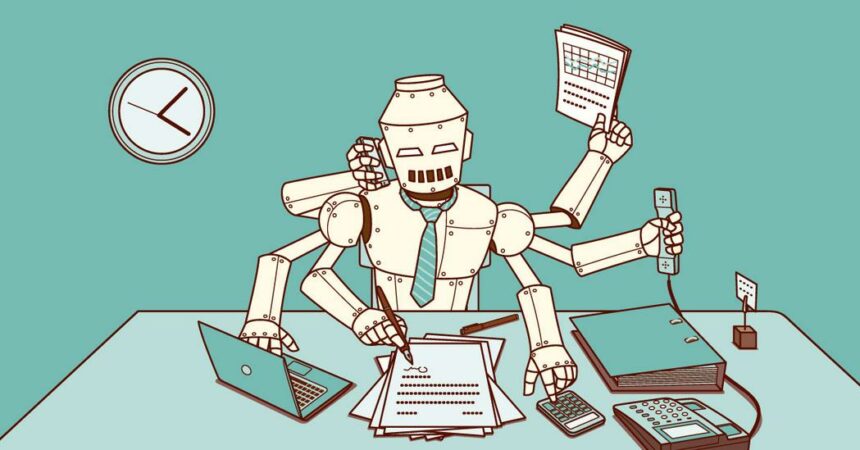Countries like India and the Philippines have long thrived as outsourcing hubs, thanks to their well-educated, English-speaking workforce. However, the advent of generative AI technology poses a significant threat to this industry. AI has the potential to analyze massive datasets and identify common solutions to customer issues, potentially rendering certain jobs redundant.
In the Philippines, Senator Imee Marcos has voiced concerns about the potential displacement of workers due to digital automation. A study estimated that digital automation could make 1.1 million jobs in the outsourcing sector obsolete by 2028. India has also begun experimenting with AI to replace customer service workers, raising concerns about the future of employment in the sector.

The impact of AI on the customer service industry has sparked a lively debate among experts. Some argue that AI can augment the work of call centre agents rather than replace them entirely. For instance, transcription software can analyze call conversations in real time, providing agents with ideal solutions and helping them tackle challenging problems more effectively. This approach can lead to higher levels of customer satisfaction and lower employee turnover.
However, others contend that AI could make jobs more challenging for the remaining human workforce. Basic customer service inquiries may be handled by chatbots, leaving complex issues for human agents. This shift could have financial repercussions, particularly if compensation structures are tied to metrics such as shorter call volumes. It may also incentivize companies to hire less expensive, less experienced talent, potentially leading to wage deflation within the industry.

The rise of AI in customer service presents both opportunities and challenges. While AI can enhance operational efficiency and customer satisfaction, it also raises questions about job security and workforce adaptation. Striking a balance between automation and augmentation is key. Companies should explore how AI can empower their human workforce rather than replace it entirely.
Entrepreneurs like Suumit Shah are at the forefront of this transformation, creating AI-powered solutions that enable others to transition to fully AI-driven customer service operations. While not every customer service employee should fear being replaced, those who rely on repetitive tasks may need to consider upskilling or adapting to remain relevant in this evolving landscape.
In conclusion, the adoption of AI in customer service is reshaping the global workforce. Countries that heavily depend on call centre employment must navigate this transition carefully to mitigate potential job losses. The future of customer service lies in finding the right balance between human and AI capabilities, ensuring that both customers and workers benefit from these technological advancements.








